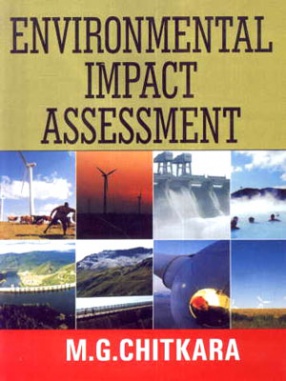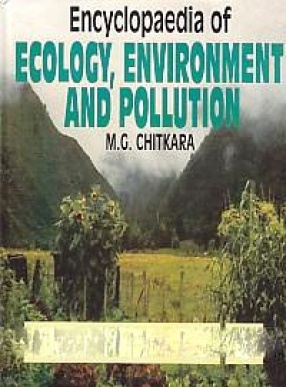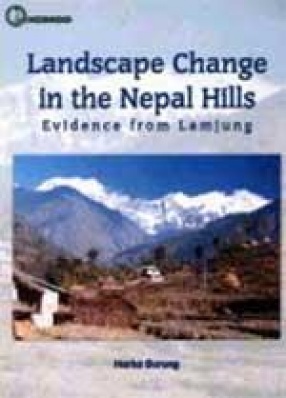Environmental Impact Assessment
Mr. Justice Ranganathan in a judgementin case Charan Lai Sahu Vs. Union of India, AIR 1990, SC. 1480, there is suggestion, that either the Fatal Accidents Act, 1855 should be amended or fresh legislation should be enacted, to deal with the victims of mass disaster. Amongst other, the suggested legislation should deal with matters enumerated hereunder: a) Fixed minimum compensation on no fault basis, pending final adjudication of the case. b) Creation of special forum with specific power to grant. c) Evaluation of a procedure to be followed by such special forum, which will be conducive to the determination of the claims and avoid high degree of formalism in proceedings and d) A provision requiring industries and concerns engaged in hazardous activities to take out compulsory insurance against third party risk.
It was perhaps, in this background that the Central Government got prompted to enact an exclusive and comprehensive legislation, the Public Liability and insurance Act, 1991. The object of the Act speaks:
An Act to provide for public liability insurance for then purpose of providing immediate relief to the persons affected by accident occurring while handling any hazardous substance and for matters connected there with or accidental thereto.
The short title merely emphasizes the aspects of Insurance but actually the scope of the Act extends much beyond merely making a provision for insurance.
The Public Liability Insurance Act provides that the persons affected by accidents occurring in handling of hazardous substance are entitled to relief. The owner of the enterprise is insured against his liability to give relief to the sufferers. The claimant is not required to plead and establish that the death, injury or damage was due to any wrongful act, neglect or default of any person. The claimant is not required to comply with the complicated judicial niceties and intricacies for seeking redressal.
The Act is also preventive in nature by empowering the Central Government to give directions to such enterprises. And thus precautionary steps may be taken to avoid disasters. The Act also provides for the insurance of the owner towards his liability in cases of accidents. Thus, it harmonises the need of the hopeless poor victims and growing entrepreneurship. The Public Liability Act, 1991, in short, is a welcome step taken to heal the sufferings and pains of the persons who have fallen victims to the horrendous accidents in the hazardous enterprises. The Act protects the interest of then people as well as industrial growth. It seeks to fulfil a long field demand for some suitable mechanisms ot give immediate requisite relief to victims of accidents in industries oroperations. Taking out insurance policies and renewing them before the expiry of the periods of validity thereof are mandatory obligations of the owners of the hazardous industries both in the private and public sector.
Recently, a bill has been introduced in the Lok Sabha, in respect of National Environment Appellate Authority Bill, 1997. An Ordinance to this effect has already been promulgated. The thrust of the enactment is the reiteration of Supreme Courts verdict on two important judgments. The long awaited demand of Environmental Managers and activists for a transparent, Environment Impact Assessment E.I.A. has been partially met in this Act.
Get it now and save 10%
BECOME A MEMBER









Bibliographic information